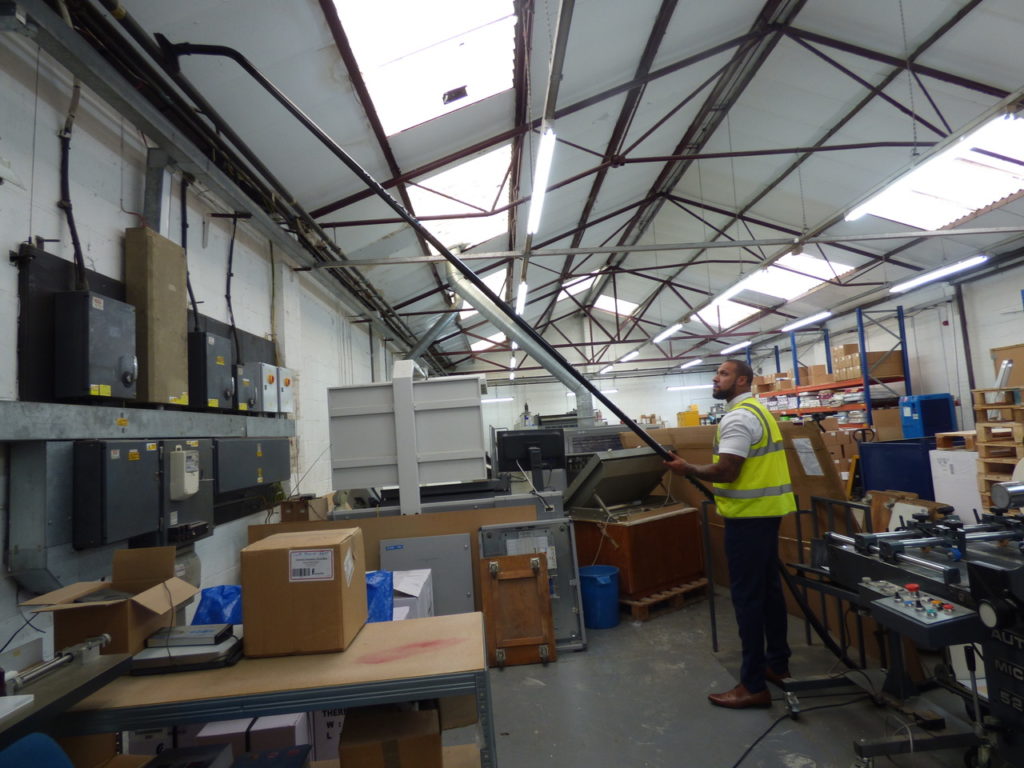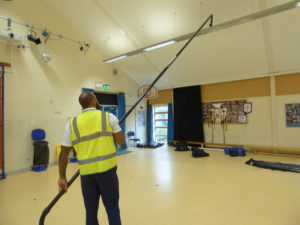ATEX Safety Standards: Breakdown of ATEX

What is an Explosive Atmosphere?
Explosions are a serious subject and could result in injury or even death. This is true of anywhere, including within a workspace. Furthermore, they have the potential to cause a company or organisation affected, a massive cost due to damage. For this reason, there are regulations in place helping to prevent explosions which could be caused in the workplace due to flammable gases, mists, vapours or combustible dust clouds. Workplaces can often contain explosive or potentially explosive atmospheres as they create or release flammable gases or vapours, or even when handling fine combustible dust such as grain, flour, wood or metal.
Atex is an acronym of “Atmospheres Explosives”, taken from the title of the two European Directives that cover safety for workers and the equipment/protective systems designed for use in explosive atmospheres. An explosive atmosphere is defined as a mixture of dangerous substances and air under atmospheric conditions which could be in the form of gases, mists, vapours, or combustible dust and after ignition has taken place, combustion spreads to the unburned mixture in its entirety. Temperatures of -20 degrees Celcius to 40 celsius and pressures of 0.8 to 1.1 bar represent atmospheric conditions which are commonly referred to as ambient temperatures and pressures.
ATEX Represents Two Directives
Let us now look at a breakdown of ATEX regulations. As mentioned, ATEX covers two directives. The first directive 99/92/EC (aka ‘ATEX 137’ or the ‘ATEX Workplace Directive’) focuses on minimum requirements for improving the health and safety protection of workers potentially at risk from any explosive atmospheres. The second directive 94/9/EC (aka ‘ATEX 95’ or ‘the ATEX Equipment Directive’) focuses on the approximation of the laws of Members States concerning equipment and protective systems intended for use in potentially explosive atmospheres.
The requirements of Directive 99/2/EC were put into effect through regulations 7 and 11 of the Dangerous Substances and Explosive Atmospheres Regulations 2002 (aka DSEAR). The requirements in DSEAR apply to most workplaces where a potentially explosive atmosphere could occur, however, some industry sectors and work exercises are exempt because there is another legislation that fulfils the requirements, exemptions can be found in regulation 3 of DSEAR.
DSEAR requires employers to do what they can to eliminate or control risks from dangerous substances. The regulations outline the following duties on employers with workspaces where explosive atmospheres may occur:
Classification of areas where explosive atmospheres may occur
Selection of equipment and protective systems
Identifying areas where explosive atmospheres may occur
Providing anti-static clothing
Confirming (verifying) overall explosion safety
Equipment and protective systems intended for use in explosive atmospheres
ATEX Guidelines
One thing that workplaces can do to help reduce the risks of danger by explosive atmospheres is use equipment that has been specially designed for this purpose. For example regarding cleaning operations, a non-spark vacuum can be purchased by leading experts in the field.
Further Information
You can find further information regarding ATEX Safety Standards at the Gov.uk where there are plenty of resources that detail this important factor of workplace life.
About our ATEX Cleaning System
Our patented ATEX Cleaning System is a revolution in high-level cleaning; bringing our award-winning technology into specialist explosive atmospheres worldwide.
The SpaceVac ATEX range has been examined and certified by a notified and independent body. This specialist set of equipment, utilises materials that are electrically conductive in order to remove safely, the risk of static build-up that can produce an ignition source in the form of a spark. ‘Electrically Conductive’ means the ability of any material or object to conduct electricity through it by offering the least possible resistance to the flow of electrons. 100% carbon fibre tubing and conductive rubber/plastic tools and accessories ensure that this is the case.

Our Atex cleaning system has been quickly adopted across a range of sectors internationally – from food & drink preparation facilities – where explosive dust like flour and sugar can quickly build up – to more industrial settings like wood shops, paint shops, and manufacturing facilities.
Click here to see our new 2019 ATEX Cleaning System Range, if you have any questions please contact us on +44 1604 968668.

